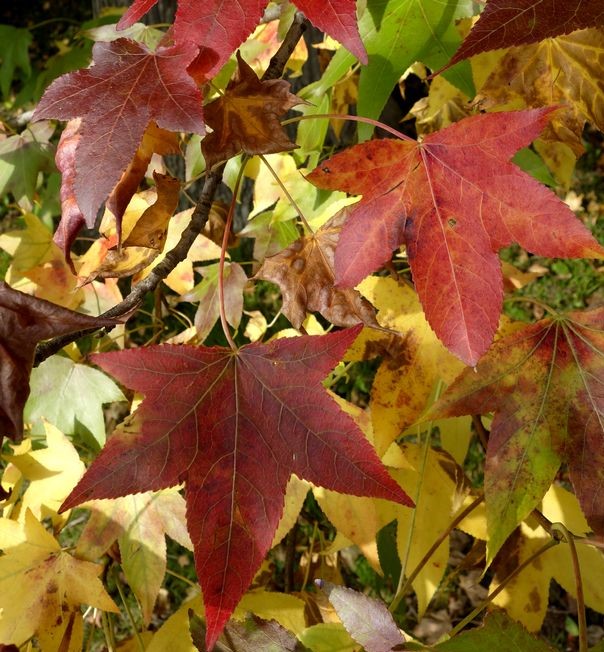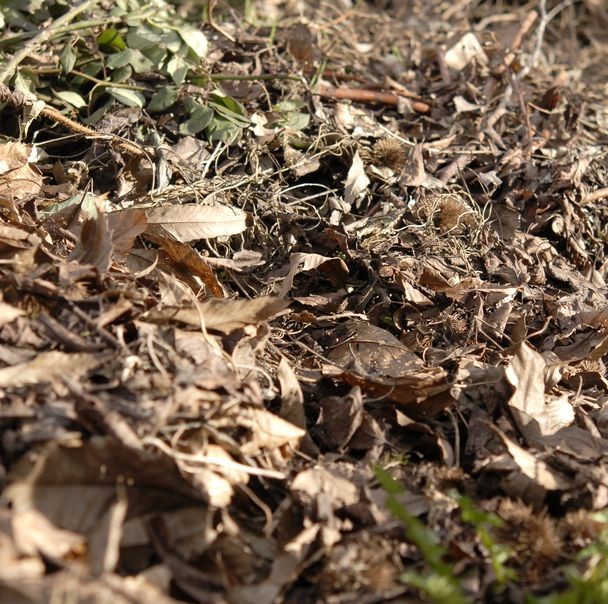
While not all dead leaves are worth gold, recycling them into the compost heap has some big benefits. However, there are still many gardeners who find them useless and take them to the nearby recycling center, even if it means doing without (in full knowledge of the facts but often also out of ignorance, it must be admitted) the benefits of the compost of dead leaves .
What is leaf litter?
It is a compost resulting almost exclusively from the composting of leaves of different species of trees. Dead leaves , rich in lignin, are a source of carbon in the compost, unlike grass clippings, which are rich in nitrogen.
Composting only dead leaves leads to the production of humus, a material which, although it does not directly nourish the soil (it is not a fertilizer), helps to improve its structure, in particular by lightening the soil. The compost of dead leaves can therefore be considered more as a soil amendment. It is conventionally incorporated into the soil of flower beds which it lightens or at the foot of hedges.
Finer, it is ideal, mixed with sieved soil, for spring sowing of tomatoes and vegetables, annual plants, when repotting or for cuttings.

What sheets to use?
All the leaves are good to use to make a compost of dead leaves . Ideally, the softer ones break down quickly: birch, cherry (fruit or flower), hornbeam, maple, ash, hazelnut, willow, elderberry, etc. However, depending on their nature, their pigment content, avoid certain species or adjust their volume in the compost heap.
Dead leaves with rigid petioles , such as those of liquidambars, plane trees or Virginia tulip trees, must be carefully crushed beforehand to facilitate their decomposition by micro-organisms.
Avoid diseased leaves , carrying germs or fungus spores that will be transmitted through the soil.
The dead leaves of certain trees, such as chestnut trees but also walnut trees, rich in tannins, should be used sparingly.
The thick, glazed leaves of evergreen trees and shrubs (palm laurel, Portuguese laurel, Elaeagnus, aucubas, Photinias) are difficult to decompose. They are used more after shredding with a mower as mulch at the foot of other trees and shrubs without necessarily going through the compost heap.
Conifer needles also spread as mulch for acid-loving plants (azalea, rhododendron, etc.), although a small amount added to the rotting pile may be beneficial to adjust its acidity.

How to make your compost of dead leaves?
A minimum of 9 to 10 months are needed to obtain quality soil . This composting period even stretches up to 2 years to take advantage of an optimal compost .
Pick up the leaves as you go, avoiding waiting for them to form a thick mattress. The lawn, deprived of light, soon suffers.
To speed up decomposition, pass them through a shredder, brushcutter or mower, on a slightly damp lawn. This last way of proceeding provides an interesting mix of leaves and clippings , rather balanced in carbon and nitrogen.
Pile up a large volume in a compost bin or a silo made up of 4 stakes connected by a fine mesh fence. The heap must remain in constant contact with the ground. Sprinkle with comfrey juice or nettle manure, two natural compost activators .
Stir the heap from time to time and keep in mind that good humidity conditions must be maintained to promote the life and work of the decomposers, even if it means watering occasionally (even in winter) if the weather is too dry.
